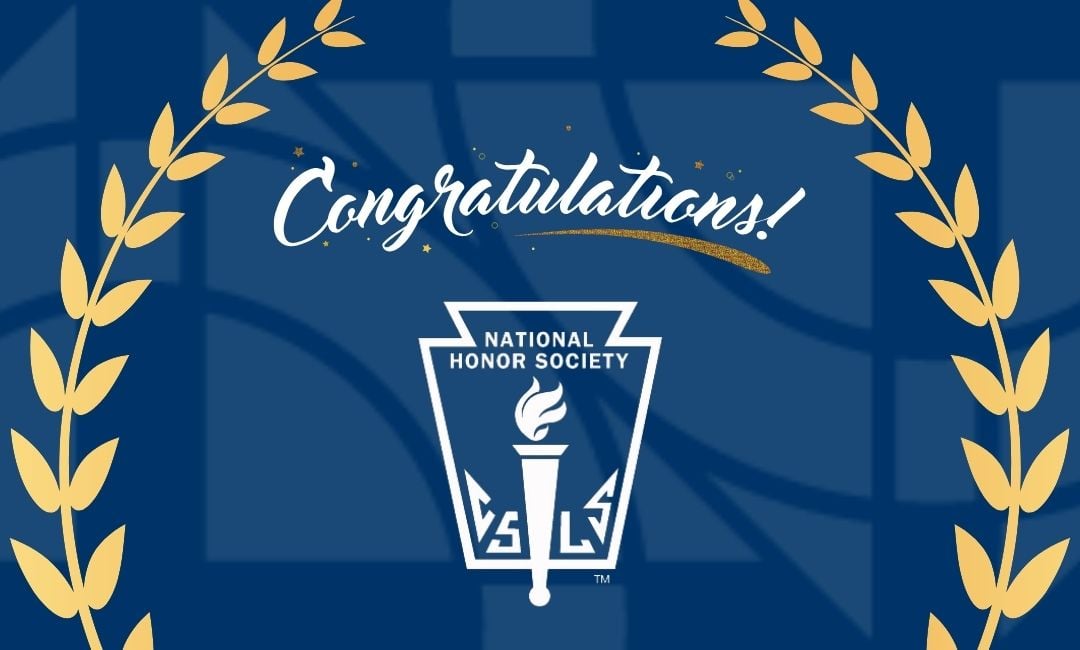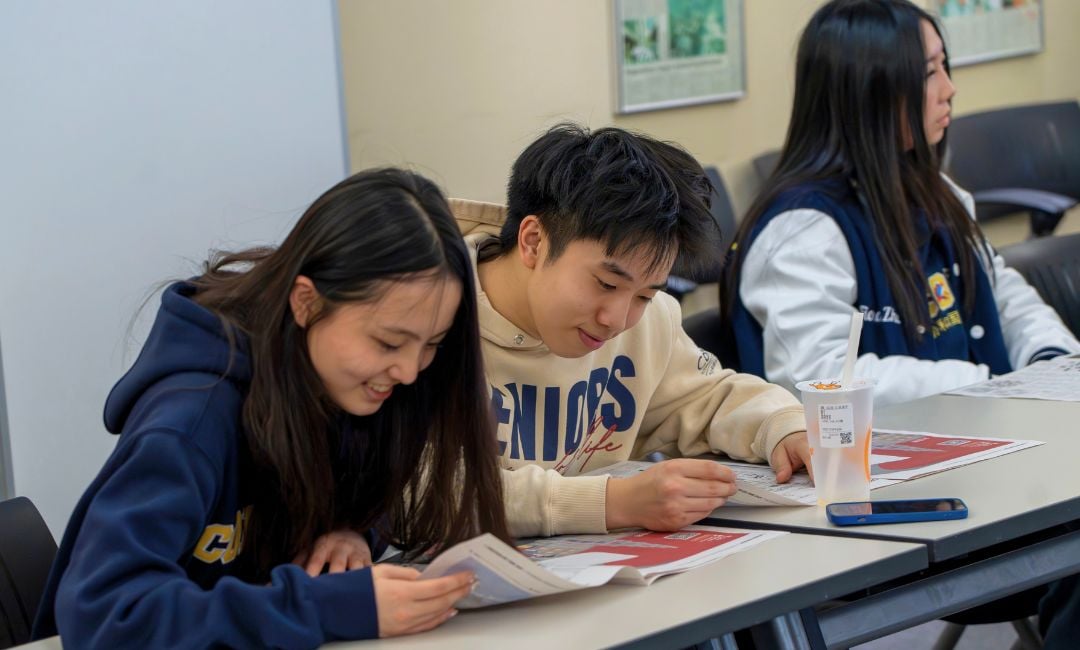
Historically, around 80% of Concordia Shanghai students have applied to schools in the United States. For many, it’s because it represents their “home” country, and for others, it’s because of the great reputation top schools in the U.S. enjoy.
Many U.S. universities and colleges are universally renowned and set international graduates apart as high achieving, intelligent students. Additionally, most graduates from a U.S. university make on average $50,000 a year more than the average internationally-based student.
For any student applying to an American university, the application process is multifaceted and requires additional testing and documentation. But for international students, there are additional requirements they must meet in order for them to qualify to study in the U.S.
To make the process of applying to university easier, and help you, as a family, understand the requirements to study in the U.S., we’ve explored the three necessary elements you need in your child’s application.
1. Proof of Secondary Completion
Almost every university or college requires proof of secondary school completion. Upon graduating from secondary school, which is typically a 12-year program, your children will fulfill this requirement.
Academic transcripts are provided by your children’s secondary school and are to be included in your children’s application bundle.
2. Certification of English Language Proficiency
In order for your children to receive admission to a U.S. university or the best-fit post-secondary institution, they must prove their ability to study in the English language. For most international students, this requirement can be met by taking the Test of English as a Foreign Language (TOEFL).
The TOEFL tests a student's English proficiency in writing, reading, listening, and speaking. Each section of the test is scored out of 30, with a potential score of 120. Most U.S. colleges require a score of 60 to pass, but some top universities may require as high as 100.
This is often the first test score universities look at for international students as it will help them quickly determine if the student has the capacity to study in English.
However, please check with your prospective universities because many North American ones will waive their TOEFL requirement if you have attended an English-language high school or achieved a certain score on the reading section of the SAT/ACT. Ultimately, few Concordia Shanghai students will need to take one of these exams.
To learn more about other tests required for international students looking to study in the U.S., including the SAT and ACT, click here.
3. Evidence of Citizenship, or Financial Support and the Form I-20
While the other aspects of the application process determine the eligibility of the student based on their academic merits, government agencies may require additional information before a student is allowed to study in the U.S.
If your children already have U.S. citizenship, this section does not apply to you.
As the parent of a child looking to study abroad in the U.S., it’s required to show they have financial support.
This requirement is handled by the Form I-20, or the Certificate of Eligibility for Nonimmigrant Student Status. This form is required for your children to receive entrance into the U.S. The Form I-20 is provided once a student has gained acceptance into a Student and Exchange Visitor Program (SEVP) certified school from a school official. This means a student must be accepted into a qualifying institution before this requirement can be completed.
The I-901 SEVIS Fee, associated with the Form I-20, costs $200 USD. This fee can only be paid in association with a completed Form I-20.
This form also outlines the status requirements students studying in the U.S. must maintain in order to keep their status as an international student on a Visa.
Learning the Requirements to Study in the U.S. Early Saves Time and Energy
The application process into any post-secondary institution for an international student can be intensive, but knowing ahead of time what is expected of your children can lead to a seamless transition to university.
Now that you have a grasp on the exact requirements to study in the U.S., how exactly do you go about helping give your children the best chance to actually receive admission from their best-fit university? Click the link below to find out.





